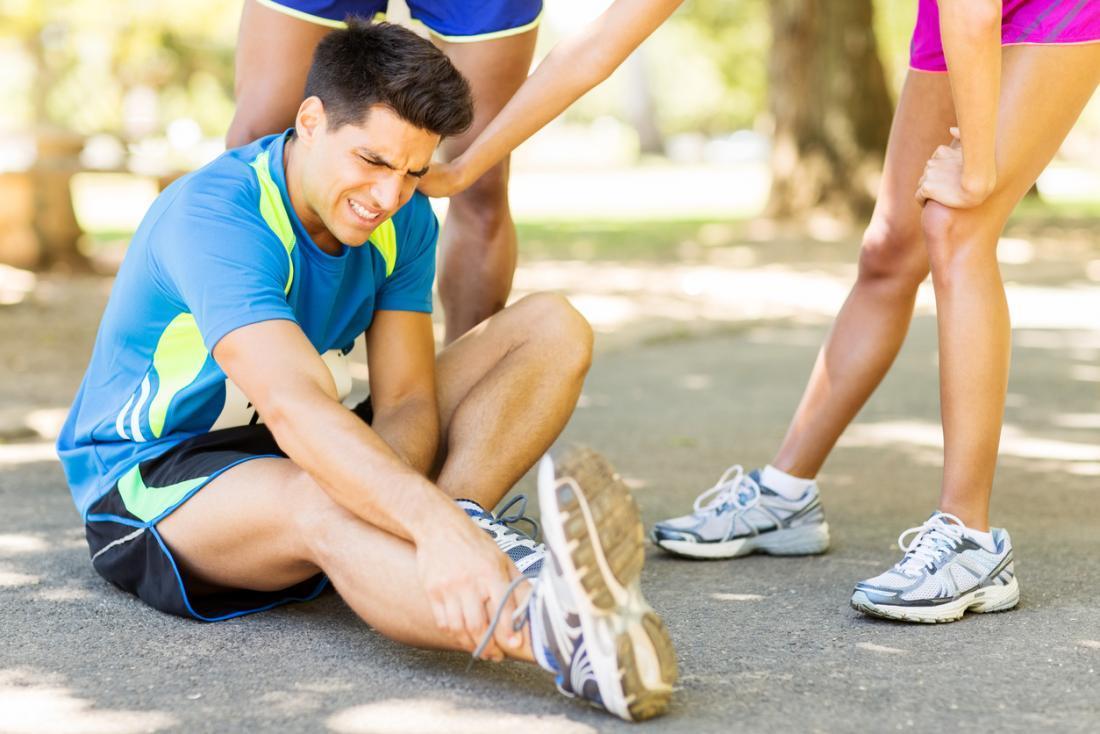Have you ever been to a sporting ground and witnessed someone sprain their ankle?
Or been told of a painful shoulder following a round of golf, or set of tennis?
These and many other injuries can happen with any sporting activity, and even working in the back yard.
What is the best way to care for an injury?
Extensive scientific research has shown that early, intensive intervention is the best management for sports injuries, and indeed all soft tissue injuries.
What sort of treatment is the right thing to use on sports injuries?
Well it can be summed up in two words – RICER and HARM.
These steps will assist the recovery:
- Rest – from activity and from increases in the heart rate.
- Ice – used carefully for 20 minutes every 2 hours. But don’t make the injury too cold.
- Compression – a firm but comfortable elastic compression bandage around the injury.
- Elevation – raising the injury higher than the heart where comfortable and practical.
- Referral – ensuring proper assessment and diagnosis of the injury occurred
Don’t do the following:
- Heat – increases the circulation to the injury and the swelling
- Alcohol – increases the swelling around the injury
- Running – increases the circulation to the injury and can cause further damage
- Massage – increases the circulation to the injury
In the first 48 hours always use the RICER techniques, and never HARM the injury.
Increasing the circulation will increase the swelling and make the injury worse.
This technique of managing any soft tissue injury is internationally recognised, and provides a simple and easy to remember formula for treating all soft tissue injuries.
Referral in the very early stages is vital as the appropriate sports medicine doctor or physiotherapist can ensure accurate diagnosis and appropriate treatment.
It also means treatment can be provided when it is most effective; in the early stages.
The difference between the injury receiving treatment in the first 6-12 hours and treatment a week later is significant and the recovery time increased.
For further help, referral and treatment, contact your nearest Lifecare practitioner. Click here to find your closest Lifecare clinic.

